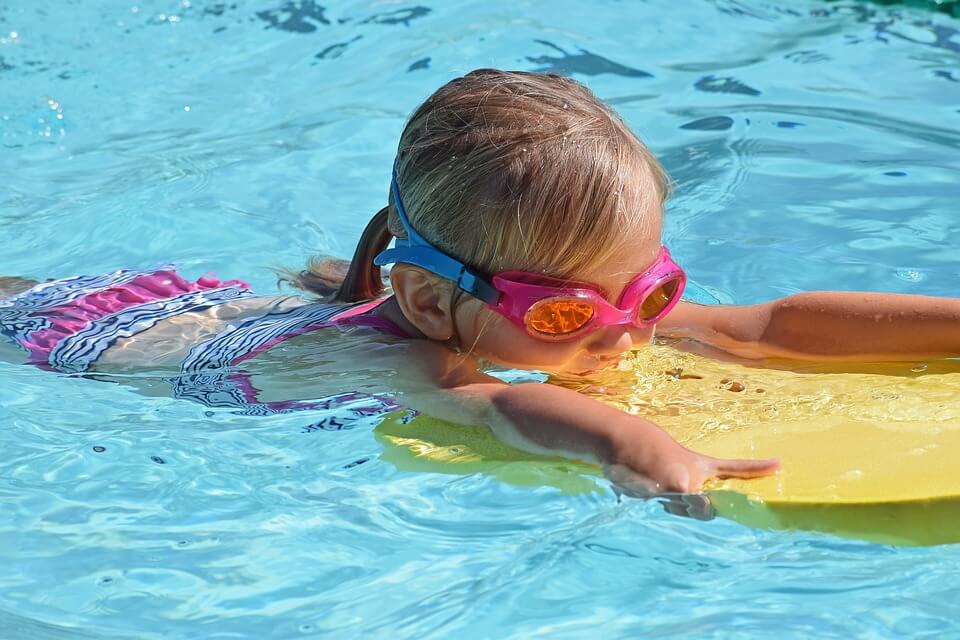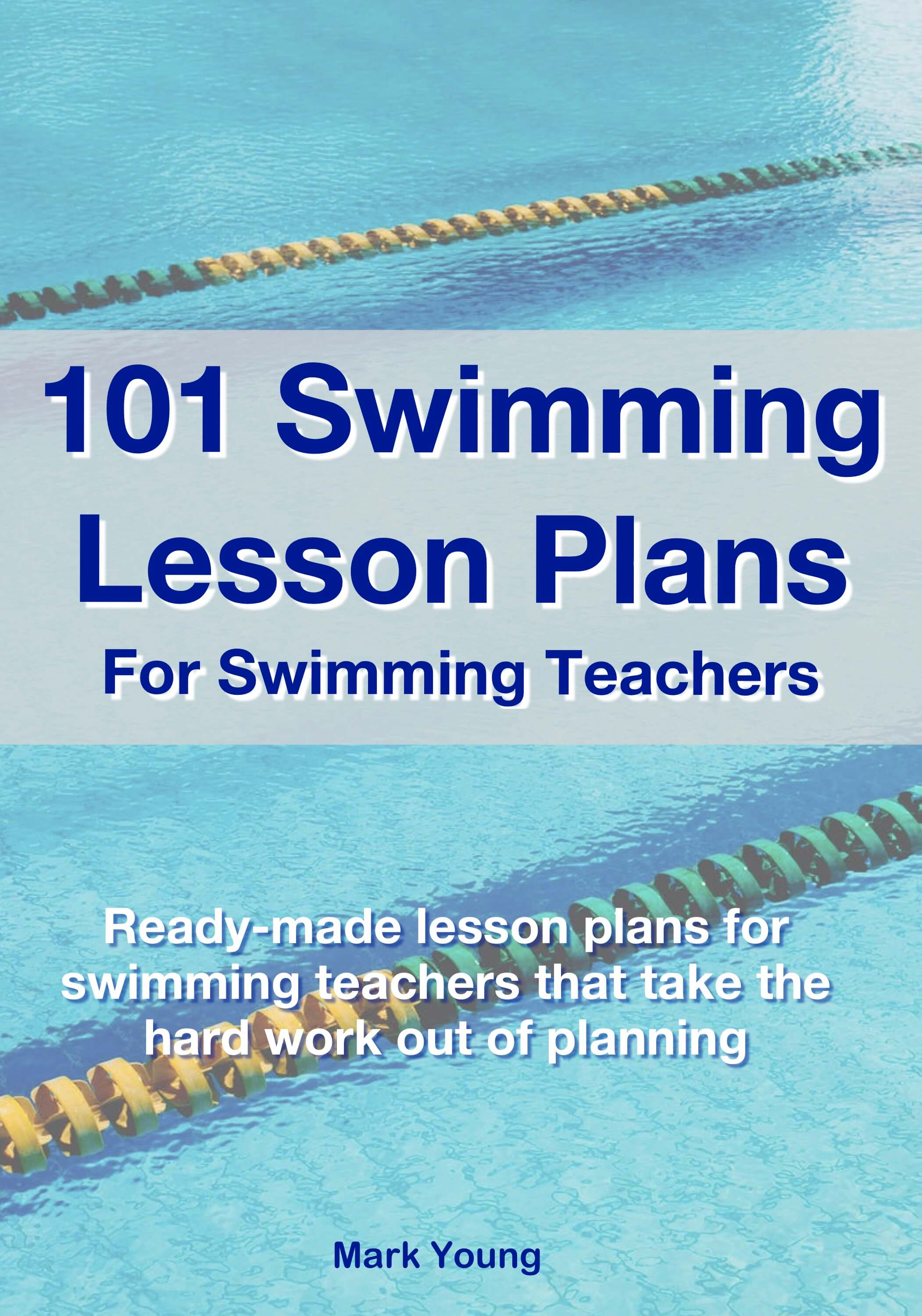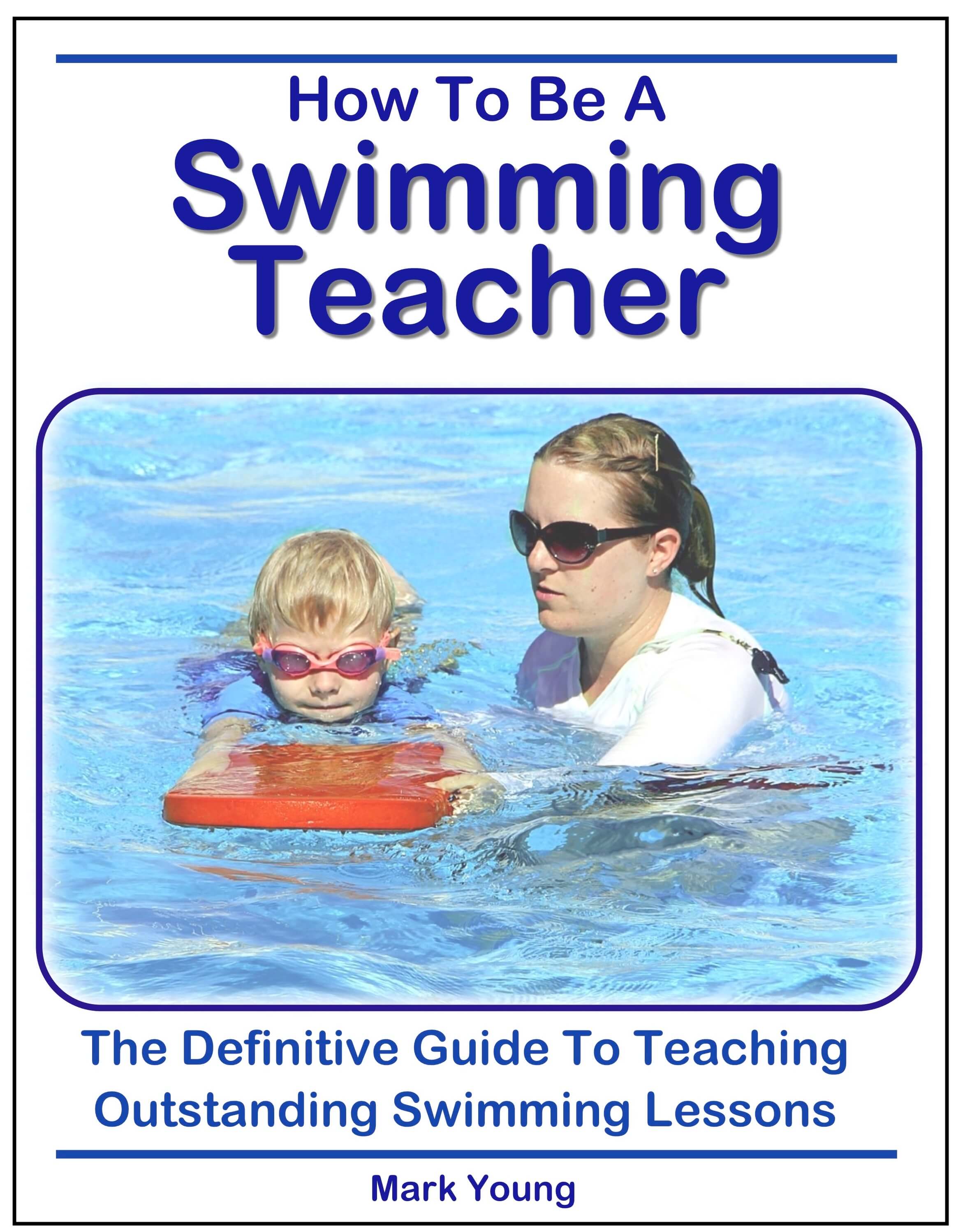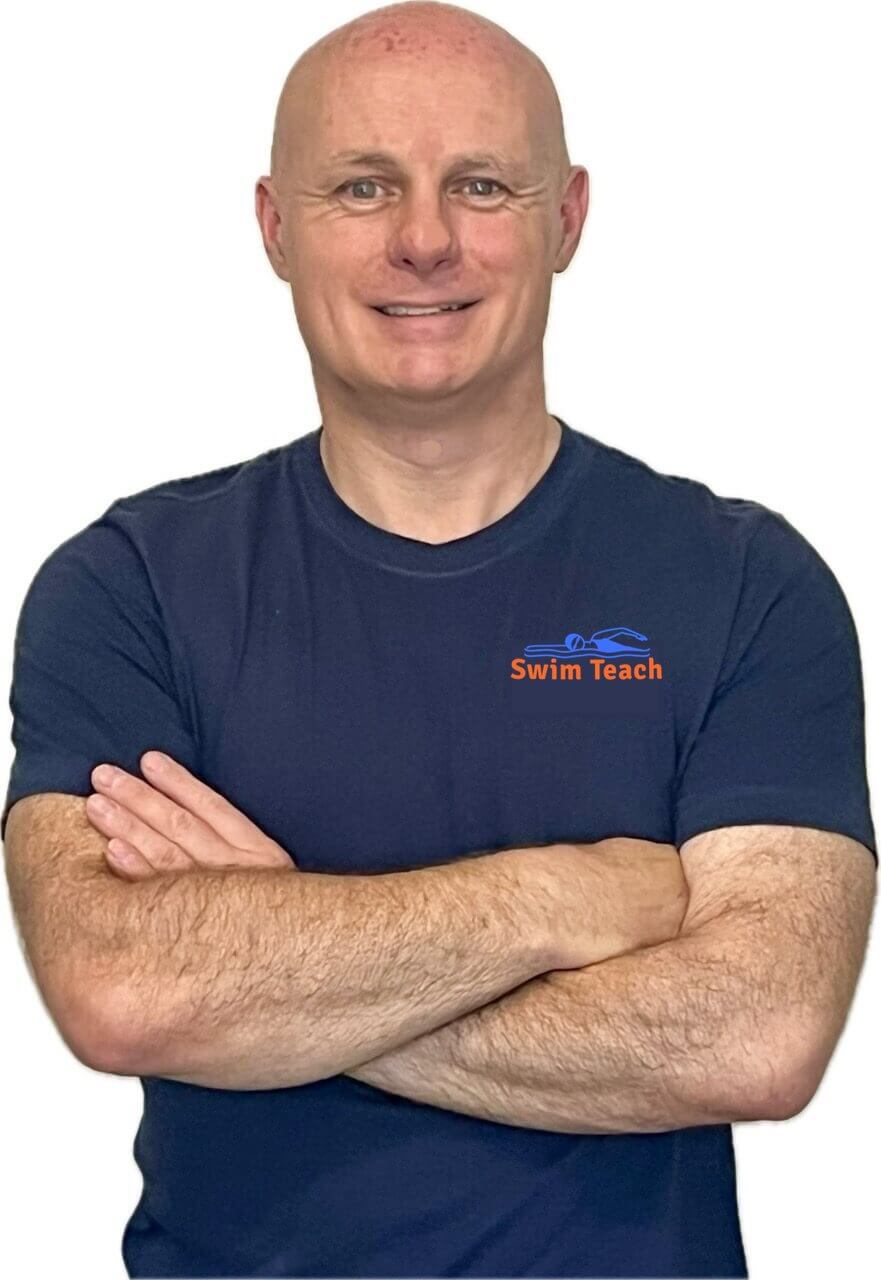- Swim Teach Home
- Teaching Swimming Lessons to Beginners
- Teaching Swimming to Children
Teaching Swimming To Children
Getting results when teaching swimming to children requires some essential skills. Appropriate praise and effective communication are vital, and when mixed with a ton of fun, swimming lessons become something that children can't wait to jump into and get splashing around.

As a teacher, you are also a motivator. Some pupils you teach will need more motivation than others. Most children can't wait to get into the pool, start swimming and impress the teacher. You will, however, come across children who have swimming lessons because they have been made to do so by their parents, whether they need them or not. Either way, a motivating teacher with good communication skills brings out the best in pupils.
Build Your Swimming Teacher Toolkit
Save time and teach with confidence using ready-made bundles of lesson plans, drills and teaching guides - designed for every teaching level.
Praise Praise Praise
Praise is the easiest and most common form of motivation when teaching swimming to children. Remember to praise effort as well as success. Praising effort even when the pupil has not achieved success is key to motivating the underachiever.
Feedback - Always Positive
Feedback is a more detailed, constructive form of praise, and the pupils are given a clearer picture of how they are performing and improving. If feedback is to be motivational, it has to be positive.
For example, a swimmer returns to the poolside after practising front crawl leg kick unsuccessfully. Your job is to teach and motivate them. Your feedback should go something like this:
- "Well done, that was a good try" (praise for the effort)
- "You were pointing your toes, which is good, well done." (positive feedback)
- "Try again, and this time kick your legs from your hips." (feedback in the form of a teaching point)
Avoid negative feedback, for example, "Don't bend your legs."
Goal-setting - A Great Motivator
Goal-setting is an ideal way of motivating pupils and should form part of good lesson planning. Setting a realistic and appropriate goal will encourage progress, and goals come in many forms.
Badges and awards are the most common and popular types of goals when teaching swimming to children. Most swimming associations have comprehensive award schemes for swimmers and cater for pupils from beginners right through to advanced levels. However, teachers should note that failure to achieve an award or having too much emphasis placed on achieving an award can have the opposite effect.
Other goals can be achieving a target time, winning a race, or simply moving up a class. Human nature dictates that we are motivated by our ability, so it is vitally important that all goals are measurable and achievable in a realistic time scale.
Ever Wondered How 30 Years of Teaching Looks on Paper?
It looks like 101 complete lesson plans covering every stroke, stage and ability - even adults.
Open the preview and explore how each plan builds confidence and progress, lesson by lesson.
Effective Communication Is A Must
Effective communication when teaching swimming is essential for the lesson to be productive.
As a swimming teacher, your job is to pass on information effectively and clearly, and your ability to do this will determine how quickly your pupils learn.
Every pupil is different, and any of the following communication skills will be effective, but some will be more so than others, depending on the requirements of the individual. A teacher needs to be able to use all of these methods of communication if they are to get the best from their pupils.
Of course, every teacher should have a plan. Effective lesson plans are essential to supporting communication. Click here to check you have included everything in your lesson plans.
Checked your plans? Now for the communication skills that are crucial to teaching swimming to children.
8 Key Factors of Communication When Teaching Swimming To Children
- Positioning - where you position yourself on the poolside will determine how well your pupils can see and hear you. Study the pool diagrams in the planning and organisation section for best practice.
- Clarity - passing information on clearly will ensure your pupils carry out instructions precisely how you want them to.
- Conciseness - keep your teaching concise to avoid your pupils becoming confused or taking in the wrong pieces of information.
- Accuracy - your teaching must be accurate as you will be copied, mimicked and quoted, especially by children. Inaccuracy will result in your pupils not learning and in you gaining a reputation as a poor teacher.
- Enthusiasm - a sure way to motivate your class and get results is to have an enthusiastic approach. Enthusiasm is infectious, and if you are full of it when you teach, your pupils will put every effort into what you ask them to do.
- Interest - if the content of what you teach is not interesting, then your pupils will not listen and become distracted. Enthusiasm and interesting content go hand in hand, as one breeds the other. The most uninteresting subject can be made interesting with an injection of enthusiasm.
- Appropriateness - the teaching points and practices you use will determine the success and outcome of each drill in the lesson. If your methods are inappropriate, the pupils do not learn, and the task becomes pointless.
- Two-way - communication works both ways. Ask your pupils questions and listen carefully to those who answer and how they answer. Always encourage them to ask you questions at appropriate times.
All The Tips and Tricks You Need To Be A Successful Swimming Teacher
For a more in-depth look at teaching swimming to children, including all the tools required to be an outstanding swimming teacher, download How To Be A Swimming Teacher.
Click below to download your copy, or click here for more details.
The Definitive Guide To Teaching Outstanding Swimming Lessons
The Definitive Guide To Teaching Outstanding Swimming Lessons.
I am a member of the Amazon Associates Program and I will earn a commission from qualifying purchases at no extra cost to you.



